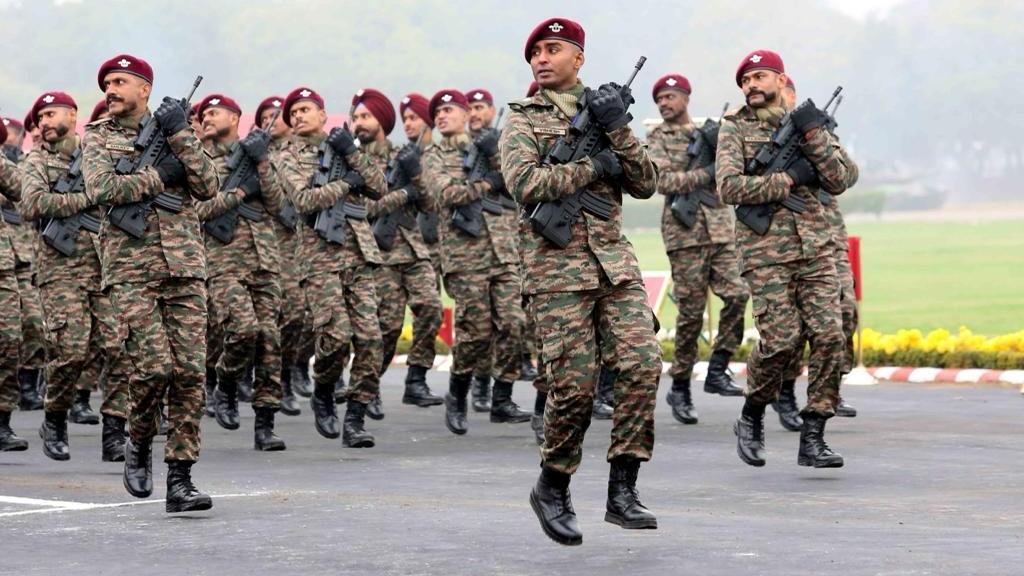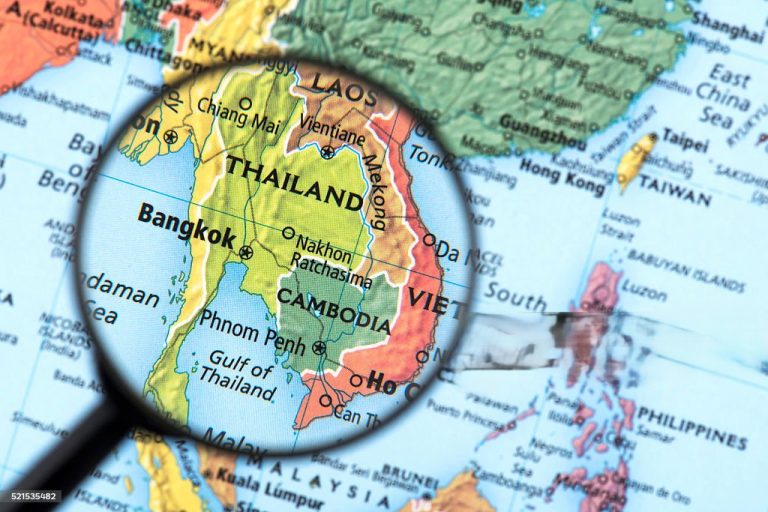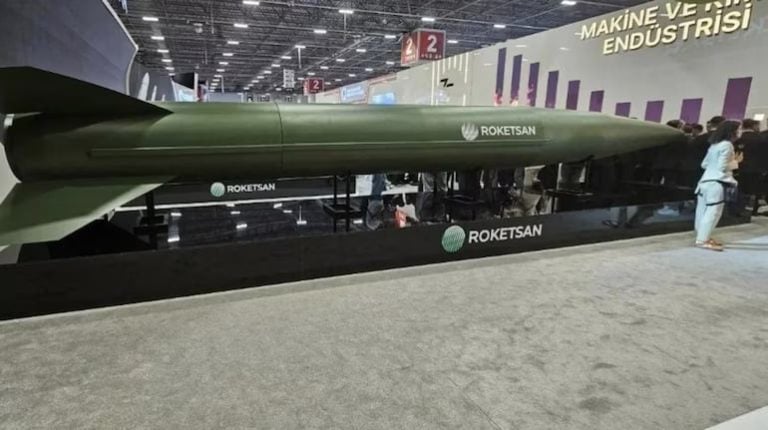During a recent visit to Adampur Air Force Station, Prime Minister Narendra Modi highlighted India’s military readiness, as evidenced by a striking display of S-400 air defense systems and MiG-21 fighter aircraft, all adorned in the distinct shade of Olive Green. This color choice is far more than a mere aesthetic preference; it has become a fundamental aspect of the Indian Army’s identity, particularly visible during critical operations such as Operation Sindoor.
The predominant use of Olive Green serves practical purposes, primarily through its effectiveness in camouflage. A significant portion of the Indian Army’s operations occurs in forested, hilly, or semi-arid conditions, where Olive Green enables both soldiers and equipment to blend into the environment. This color significantly reduces visibility to enemy surveillance, whether from aerial reconnaissance or ground observations, thus enhancing safety during missions.
Another critical advantage of adopting Olive Green is the tactical uniformity it promotes. By employing a standardized color across uniforms, vehicles, and equipment, the army ensures visual coherence in the field. Such consistency not only aids in distinguishing between friendly forces and adversaries but also mitigates the risks associated with friendly fire in dynamic combat scenarios. Furthermore, this uniformity enhances coordination among infantry units and mechanized divisions, boosting operational effectiveness.
The transition from khaki to Olive Green uniforms marks a historical evolution in India’s military attire. Originating from British military traditions, khaki was the standard until the 1980s when the Indian Army shifted to Olive Green, aligning with post-World War II trends that favored non-reflective, terrain-adaptive colors. Many nations worldwide adopted Olive Green for its superior blending capabilities and practicality.
Beyond its tactical merits, Olive Green symbolizes values intrinsic to the Indian Army—discipline, resilience, and unity. The color fosters a sense of belonging among soldiers, reinforcing their commitment to serving and protecting the nation. It embodies a shared purpose that transcends individual ranks and units, echoing the army’s ethos.
Moreover, the practical advantages of Olive Green extend beyond its tactical applications. It effectively conceals stains, dust, and signs of wear, easing maintenance efforts for soldiers. Additionally, producing Olive Green gear is often more economical than crafting intricate camouflage patterns, making it a cost-effective choice for large-scale military implementation.
Despite the ubiquity of Olive Green, the Indian military remains adaptive, tailoring uniform colors to suit specific operational contexts. Certain units utilize disruptive pattern materials (DPM) for enhanced camouflage in unique environments, while the Indian Air Force adopts blue for ceremonial functions and reverts to Olive Green for combat operations. In contrast, the Navy opts for white uniforms during maritime activities and emergency situations to ensure visibility.
Ultimately, the choice of Olive Green transcends mere color—it represents a statement of purpose. Rooted in both strategic foresight and cultural significance, it visually encapsulates the Indian Army’s readiness, unity, and dedication, a message consistently reinforced during various military operations, including the ongoing Operation Sindoor.



















